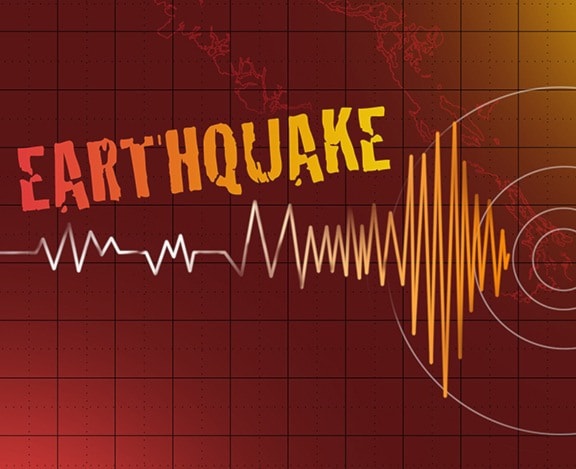ROBERT BARRON CITIZEN
The Cowichan Valley faces even more of a threat from earthquakes than previously believed.
Canadian and American seismologists have recently confirmed the existence of a previously unknown earthquake fault zone just five kilometres south of Victoria, called the Devil’s Mountain Fault Zone.
The zone is actually made up of a series of faults that run from Washington state to Victoria.
It’s much closer to the Cowichan Valley than the area where the “Big One” is supposed to originate in the region off Vancouver Island’s west coast, where the Juan de Fuca tectonic plate meets the North American plate.
The Devil’s Mountain Faults lie entirely on the North American plate, which usually generates smaller, shallower crustal earthquakes that could potentially be as high as a 7.5 magnitude shaker.
Sybille Sanderson, the emergency program co-ordinator for the Cowichan Valley Regional District, said shallow earthquakes can actually cause a lot more damage to the region than a deep one, like the Big One is expected to be.
Sanderson said the amount of property damage expected in the valley from an earthquake, no matter where it originates, depends on the size of the buildings and how old they are.
“Fortunately, most of the structures in the region are one and two-storey buildings that are wooden, and that’s important because wood-frame buildings are much more flexible in an earthquake than ones made from brick or concrete,” she said.
“But a lot of the buildings are older so they are not up to the current building code, with many not having any reinforced masonry, so they may be more vulnerable.”
The last earthquake felt in the Cowichan Valley was on Dec. 30, 2015, when a 4.3-magnitude earthquake, centred approximately eight kilometres east of Sidney, between Victoria and Vancouver, shook Vancouver Island.
Sanderson said that shaker caused no local damage, but did cause “lots of concern.”
In fact, Sanderson said there are “all kinds” of different fault lines that criss-cross the entire local region.
“We always plan for the worst-case scenario, and that would be an earthquake of a 9.0 magnitude or more,” she said.
Sanderson said local residents should be prepared to be on their own for at least a week after a major shaker, as emergency services would likely be busy elsewhere.
She recommended that each home should have an emergency kit readily available that should have sufficient supplies of dry food, water, tools, dry clothes, flashlights and other necessary equipment to last at least a week.
“People can’t be guaranteed to be at home when an earthquake hits, so they should also have a ‘grab and go’ emergency kit in their vehicles that should have the basics; including food, water, medications, safety goggles and work gloves,” Sanderson said.
She reminded people that the best means to protect themselves during an earthquake is the ‘drop, cover and hold’ method in which you drop to the ground when you first feel the quake, take cover by getting under a sturdy desk or table and hold on until it stops.
The CVRD has an emergency workbook on its website that explains what should be done in an emergency, and Sanderson encouraged everyone to read it.
Quake facts
• The region that stretches from the northern tip of Vancouver Island down the coast to northern California has experienced 22 major earthquakes over the last 11,000 years.
• It’s estimated that a major quake, 9.0 magnitude or higher, happens in the region on average every 300 years and is centred in the region off Vancouver Island’s west coast where the two major tectonic plate meet.
• The last massive earthquake, estimated to be more than 9.0 magnitude, shook the south coast of British Columbia 316 years ago, on Jan. 26, 1700.
• The last time there was a major earthquake close to the Cowichan Valley was a 6.8 magnitude shaker in 2001, which was centred south of Seattle.
